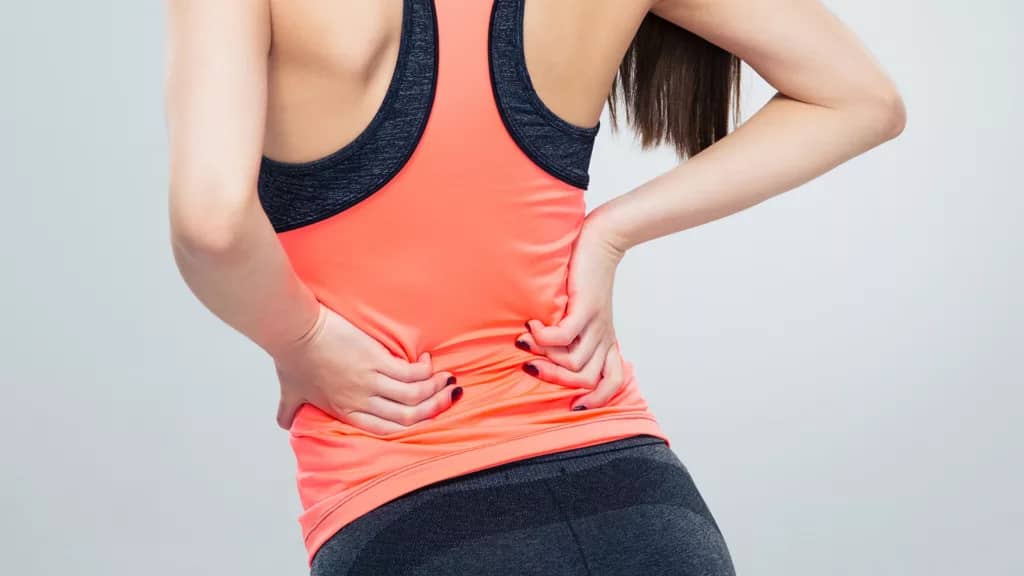Acupuncture for Carpal Tunnel Syndrome
Carpal Tunnel Syndrome (CTS) is a common condition that causes pain, numbness, and tingling in the hand and arm. It occurs when the median nerve, which runs from the forearm to the hand, becomes compressed or squeezed as it travels through the wrist at the carpal tunnel. This compression can be caused by a variety of factors, including repetitive hand and wrist movements, wrist injuries, arthritis, and fluid retention during pregnancy.
Symptoms of CTS can vary, but often include tingling, numbness, or burning sensations in the fingers, hand, and wrist. This may be accompanied by weakness in the hand or difficulty gripping objects. Symptoms can also worsen at night or with repetitive hand movements.

Acupuncture can be an effective treatment for CTS, as it can help reduce inflammation and swelling in the affected area, alleviate pain, and improve overall nerve function. Acupuncture involves the insertion of fine, sterile needles into specific points along the affected meridians of the body to stimulate the body’s natural healing response.
In Traditional Chinese Medicine, carpal tunnel syndrome is often seen as a result of an imbalance in the flow of qi (energy) in the body. Acupuncture works by stimulating specific points along the affected meridians (energy pathways) to restore the proper flow of qi and promote healing.
Some of the most commonly used acupuncture points for carpal tunnel syndrome include:
- LI4 (Hegu): Located on the back of the hand between the thumb and index finger, this point is known for its pain-relieving and anti-inflammatory effects.
- PC6 (Neiguan): Located on the wrist between the two tendons, this point is often used for the treatment of wrist and hand pain.
- SJ5 (Waiguan): Located on the wrist, this point is often used for the treatment of wrist pain and carpal tunnel syndrome.
- LU7 (Lieque): Located on the wrist, this point is believed to help promote the flow of qi and relieve pain.
During an acupuncture session, the acupuncturist will insert very thin, sterile needles into the selected acupuncture points. The needles will be left in place for a period of time, typically 20-40 minutes, and may be stimulated manually or with electrical stimulation.
In addition to acupuncture, other Traditional Chinese Medicine techniques such as cupping, moxibustion, and herbal remedies may also be used to treat CTS. Dietary and lifestyle changes, as well as exercises to improve range of motion and reduce tension in the wrist and forearm muscles, may also be recommended as part of a holistic treatment plan.
At Huatuo Clinic, we understand that carpal tunnel syndrome can significantly impact your daily life, making it difficult to perform everyday tasks. Acupuncture, an essential component of Traditional Chinese Medicine, is a natural and effective treatment for carpal tunnel syndrome. However, it requires extensive training, skills, and experience to provide optimal results.
Our team of highly trained and experienced acupuncturists has years of experience in treating carpal tunnel syndrome using acupuncture and other TCM techniques. We understand that each patient’s condition is unique, and we tailor our treatment plan to meet your individual needs.
At Huatuo Clinic, we are committed to providing safe, effective, and personalized care for our patients. Our goal is to help you regain your mobility and improve your quality of life. If you are experiencing carpal tunnel syndrome, we encourage you to schedule a consultation with one of our experienced acupuncturists. Let us help you find relief from your symptoms and improve your overall health and well-being.









